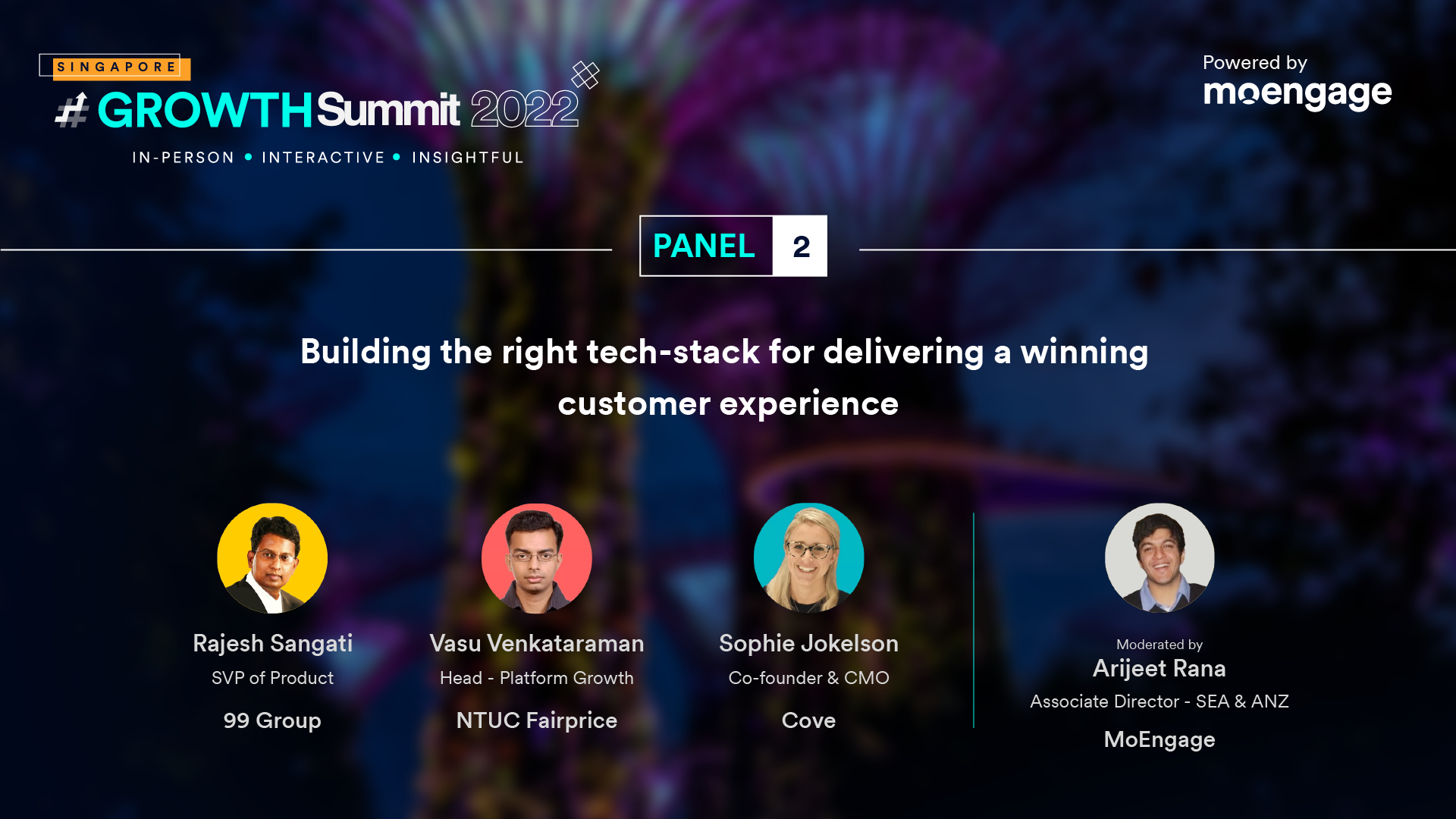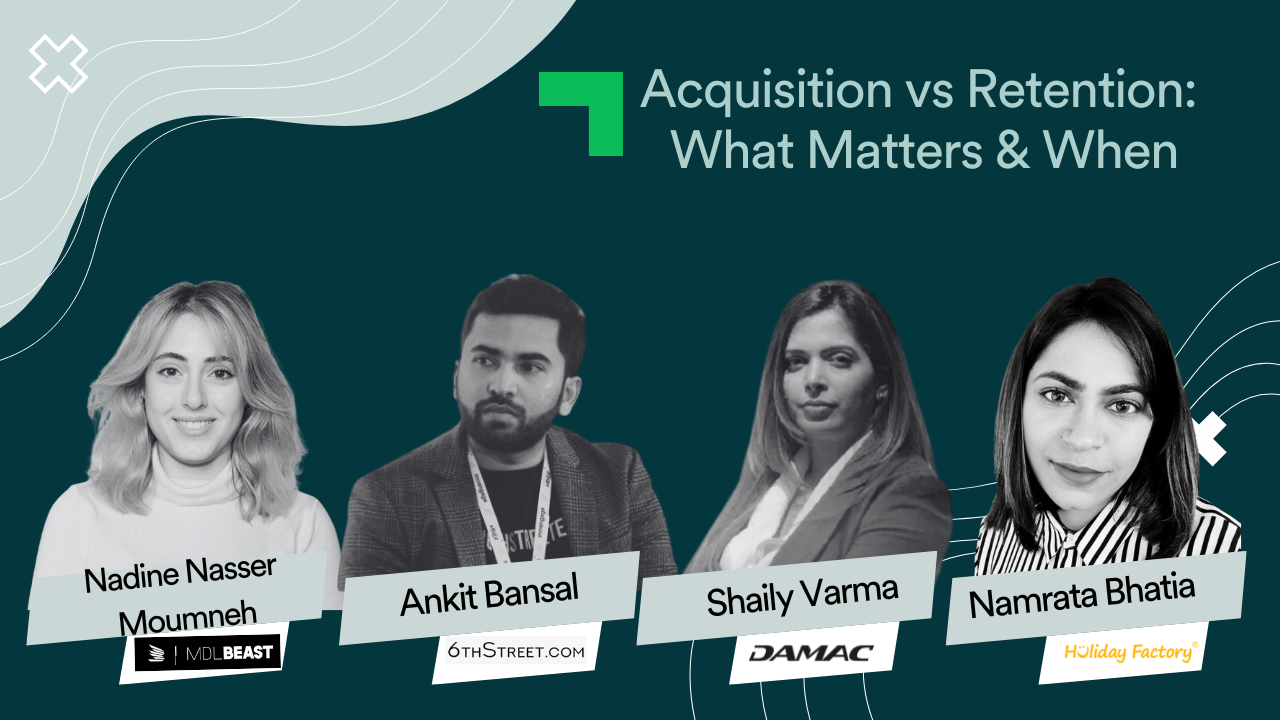Moderator – Yeah, absolutely. I think I’d like to bounce back on, I quit as well because chatting together and what I’ve seen on social media, I think we’ve all the different channels you’re managing.
You have some really great stories to tell about when it comes to acquisition and engagements later on, if you would like to tell us a word about, for instance, the rise through TikTok or the other partnership deals that you’ve been managing.
Aykut Subekci – Yeah, sure. So actually I can just talk about our TikTok journey for our social customer games. Two years ago when I joined product maintenance, we didn’t have any activity on TikTok and it was quite a new platform for advertising actually, but as product maintenance, we are kind of early adopter companies ao we always have some budget for testing.
I can say that’s why we started to test on doing tests on TikTok and it just didn’t perform well, but we just understood that like it looks promising and we need to change our optimization waste and after a couple of months, we started to produce some influencer creatives.
And actually, we were the only social customer company that uses TikTok ads. Started to work with agencies and many huge secretive, some TikTok trends. After all, we reach really high amount of budget per month, and then right now, for example, I can say that we are the number one social customer company in terms of budget and actual performance on TikTok.
So which is good but I think everyone needs to think to change their creativity. I mean for every platform or every athlete. For example, this kind of creatives never worked for Facebook or Google in our marketing weeks but when we specified them for TikTok and Snapchat, actually both of them have almost the same audience so it worked well and we are working more and more to produce this type of creators for those channels.
I can even give another example. For example, this month we will start this Tinder activity and everyone is just like it, finding it funny because, you know, as no one knows, even like this ad on Tinder or they swipe left.
Maybe by mistake, they swipe right. Yeah, so we just produce a concept. For example, for Tinder, we have two characters in the game, John and Linda, and they’re falling in love in that video. So this specific video actually is only can be good for dating apps. So that’s why we will test this and maybe we will get this performance from Tinder or not, but we will see.
So we always see opportunity and we just change our way and then adapt and look for success actually. Yeah!
Moderator – Very interesting. I think if you have the chance, there’s a grandmother video for one of the games of product manners. I really recommend ending up on it on any social media. It’s quite good fun.
I’d like to come back to something, especially for you Greg when it comes to both of your brands in the last 18, 24 months, you’ve seen quite a rise and, and really good successes. Could you share with us what were the key leverages to achieve those results?
Greg Turtle – Yeah, I think, excuse me. So for us, we got to a certain place with performance marketing. We acquired a lot of users. We got a lot of big PR stories, and a lot of people installed the app, but to get to that many millions of users we realized that we needed to go further. So we wanted to do tv, and we got a lot of great creative people in the house, that big TV background.
So that’s what we wanted to do. So one of the biggest levers for us or kind of strokes of luck for us was during the pandemic. We struck some media for equity deals with ITV and Channel four here and for those that don’t know immediate record deal is, when a media owner invests in a company but instead of giving cash, they give media space.
So we suddenly had 4 million pounds worth of TV air time to play with across ITV and, and channel four and actually, at that time, TV air time was pretty cheap. So that formula went a long way so that got us a lot. That got us like a mass reach in the UK and actually abroad as well. You know, people talk, funnily enough, and British people get out there and other countries.
We’ve started to see more usage. But this media for equity model is something that we’ve re-replicated in quite a few markets now. We’ve done two more deals in Germany with pro-Seban, and some other large media owners in Germany. Out of home especially. And we’ve done a big $10 million deal in India with the Times of India which are a big multi-channel media owner over there.
So it’s has been a real like fun toolkit to have available to the growth team to play with, and it’s been a challenge for the marketing team to get all the different creative assets together, et cetera, but that it’s, especially in this time now when investment is quite difficult to come by.
We’ve got quite a lot of credits in the bank to keep us going and kind of like keep our brand awareness high in some of these crucial markets for us. So yeah, as a lever that’s been most useful for us over the last couple of years, I’d say.
Moderator – Very interesting, very interesting. Ayukut, I think share with us maybe about the TikTok rise and the wave that you followed.
Aykut Subekci – Sure, sure. Yeah. I mean, I think I should start with Covid again. So it helps us. So I know that it’s, it was in good times, but you can imagine that like our users, our players were gamblers and in the covid time, they couldn’t go to casinos.
So that’s why we started to see a really huge uplift in our DAU and the MAU, it help us. Then they started to, they stayed at home and they played, this help us to just generate more than more revenue than previous. And secondly, we started TikTok activity and the other channels, the new channels, and right now new channels are 25 percent of our marketing matches budget.
So you can imagine that like, with this activity actually we started to reach all new users before then our competitors. So, and it helps us for the last, last four, last year and a half. It helps us to just beat them in this competition. Yeah.
Moderator – Nice. I think I believe On TikTok, you told me last week you reached out to a number one social game, did I get it right?
Yeah! So right now, in terms of spend, I think when we look at it and when you guys go to TikTok Ad Library, it’s like Facebook ad Library and it’s quite new. You will see that like seven out of 10 ads actually belong to the product Madness right now.
I mean, I’m so happy with that, but it just like took really long time. But we did it.






